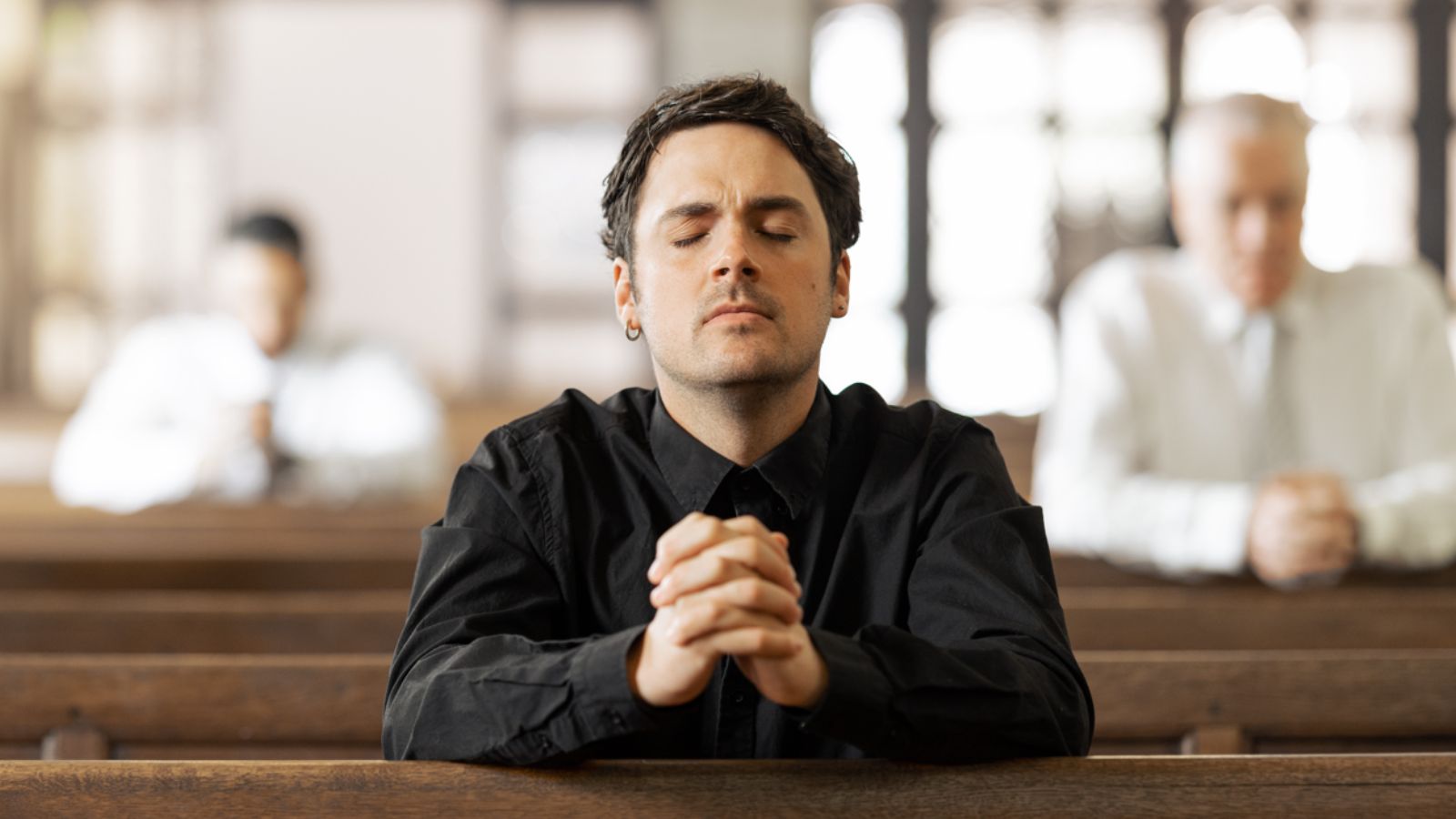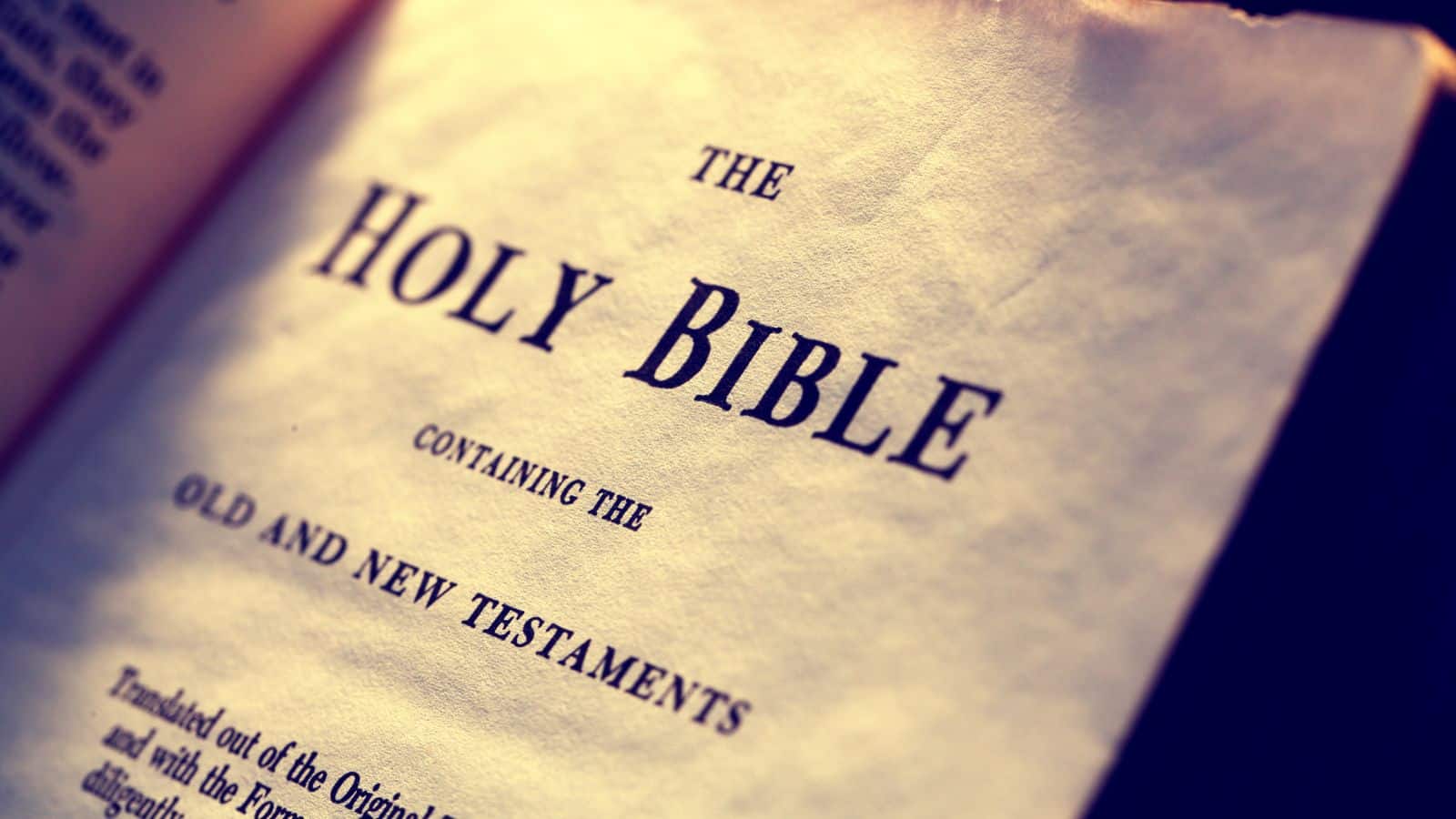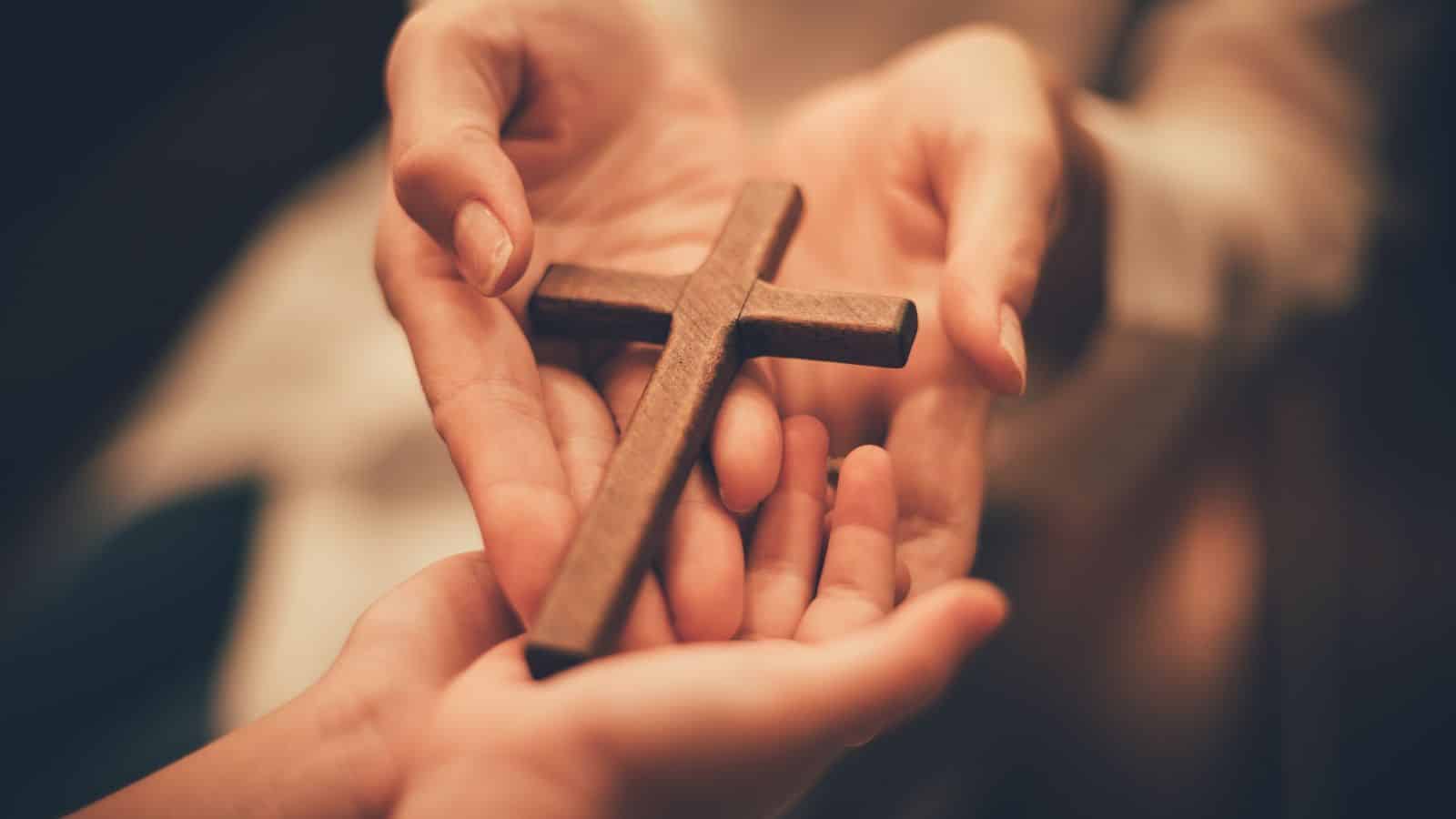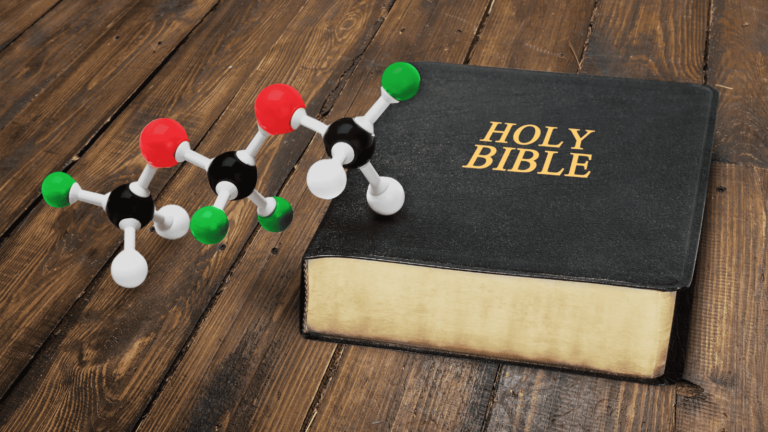The Doctrine of the Holy Trinity is a key part of how most Christians understand God’s nature and often comes up in prayer. Although important, it’s a complex idea with a long history and many misunderstandings. Here are 18 things you might not know about the Trinity.
Theological Significance of the Trinity

For most Christians, the Holy Trinity is one of the most important aspects of their religion and differentiates it from other monotheistic religions. They believe God is simultaneously the Father, the Son, and the Holy Spirit, co-equal and co-eternal. Christianity.com argues that the “doctrine unites all true Christians and separates us from those who are not Christian.”
The Trinity and Modern Theology

Contemporary theologians, notably Karl Rahner, have approached the Trinity in their works. In his 1970 book The Trinity, Rahner argues for the “economic Trinity” as the “immanent Trinity,” which some theologians believed pointed to a modal understanding of God.
Artistic Representations Throughout History

Numerous celebrated pieces of art depict the Trinity. A dove usually represents the Holy Spirit, and Jesus is nearly always shown with wings outspread. Hendrick van Balen’s 1620 Baroque Trinity, Luca Rossetti da Orta’s 1739 fresco, and Artus Wolffort’s depictions are still revered today.
Origins of the Doctrine

The Holy Trinity is a central part of Christian beliefs around God. However, as Britannica explains, “Neither the word ‘Trinity’ nor the explicit doctrine appears in the New Testament.” Still, it established the basis of the doctrine in passages including the Great Commission.
Scriptural Foundations for the Trinity

The Great Commission and the Apostolic Bénédiction are widely believed to have established the foundations for the doctrine of the Trinity in the New Testament. The Great Commission states that disciples should be baptized “in the name of the Father and of the Son and of the Holy Spirit.”
The Trinity in Early Church Writings

The doctrine of the Holy Trinity gradually developed in the first few centuries after Jesus’s death and began to appear in Church writings. In 323, the Council of Nicaea stated that the Son is “of the same substance” as the Father, which was later refined by St. Athanasius, St. Basil of Caesarea, St. Gregory of Nazaunauz, and St. Gregory of Nyssa.
The Trinity in Global Christian Thought

The Trinity is an important doctrine in Western Christian denominations and a vital part of Christian communities in Africa and Asia. Orthodox, Catholic, and Protestant Christians across Asia and Africa all believe in the Trinity.
Heresies and Controversies

Arianism, a doctrine that challenged the orthodox view of the Trinity, is considered heretical by every major branch of Christianity. Britannica explains that the Alexandrian presbyter Arius claimed that “God alone is immutable and self-existent, and the Son is not God but a creature with a beginning,” but was condemned by the Council of Nicaea.
Feminist Theologies and the Trinity

Some feminist theologians have criticized the concept of the Trinity. In her 2007 book The Kindness of God, Catholic theologian Janet Soskice suggests feminizing the Spirit as a way of offsetting the language of fatherhood in Christianity.
The Trinity and Other Religions

Other major religions, including the other Abrahamic religions, don’t believe in the Trinity. Hindus, for example, worship thousands of gods and believe there could be more. In Judaism, God is an indivisible being, the ultimate cause of existence.
Saints and the Trinity

Saints have commented on the Trinity over the past couple of millennia. St. Thomas Aquinas notably stated, “The Father loves not only the Son but also himself and us, by the Holy Ghost.”
The Trinity in Liturgy and Worship

For most denominations, the Trinity is regularly invoked during prayer in Christian liturgy. Adoremus explains, “Christian liturgy worships the God who has revealed himself as a Trinity, one God in three Persons.”
The Trinity in Popular Culture

The Trinity has been referenced in countless films and books and shown in liturgy in television shows. Borgia, a television show about the rise of the Borgia family during the Renaissance, features prominent displays of the Trinity during prayer.
How to Distinguish the Father, Son, and Holy Ghost

The Holy Trinity defines God as existing in three equal persons, which can be difficult to understand. However, their distinctiveness can be seen in the Bible, for example, in Matthew 11:25–26. Jesus “declared, ‘I thank thee, Father, Lord of heaven and earth,’ and is also shown in other books to pray to the Father.
Trinity Sunday

Trinity Sunday is one of the few Christian feasts that celebrates a doctrine instead of an event. Held on the first Sunday after Pentecost, it celebrates the three persons of God and is celebrated in all Western liturgical churches.
Nontrinitarian Christian Beliefs

Not all Christian denominations believe in the Holy Trinity. Nontrinitarinism rejects the doctrine and comprises denominations such as the Mormon Church, Jehovah’s Witnesses, Iglesia ni Cristo, and La Luz del Mundo.
Trinity in Architecture

The Trinity has appeared in Christian architecture, notably in the Heiligen-Geist-Kapelle in the northern Austrian city of Bruck an der Mur. The chapel’s ground plan is an equilateral triangle representing the Son, the Father, and the Holy Ghost.
Common Misunderstandings

The Trinity is a complex concept often misunderstood by devout Christians. Common misunderstandings about the concept include three gods joined together, three properties of God, or three individuals making up God.

